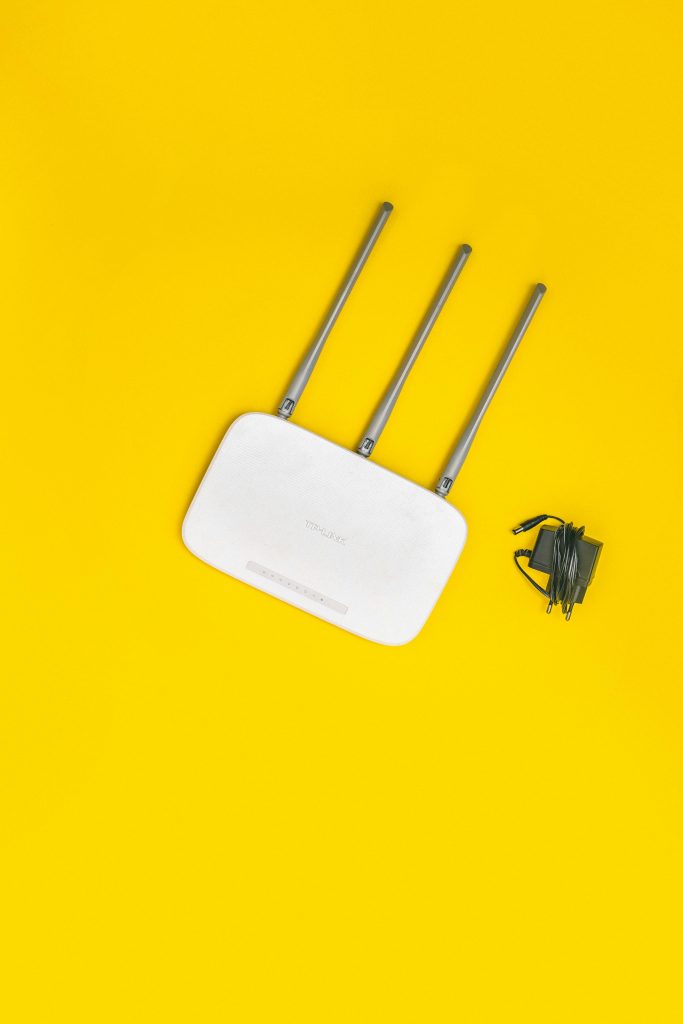A Step-by-Step Guide to Installing Windows via USB on Your PC
If you’ve been navigating the world of PCs without an official Windows installation for some time, you’re not alone. Many users have found themselves in similar situations, relying on unofficial versions that eventually lead to complications. Unfortunately, these can create a host of issues down the line. If you’ve decided it’s time to invest in a legitimate copy of Windows and start fresh, you’re making a wise choice.
Why a Clean Install is the Best Option
Transitioning to a certified version of Windows not only enhances your computer’s performance but also provides a more secure and reliable computing experience. By opting for a clean install, you have the opportunity to eradicate any lingering problems from the previous setup and begin with a clean slate—free from any unauthorized software remnants or glitches.
Getting Ready to Install Windows
Before you dive into the installation process, here are a few things you should prepare:
-
Purchase a Genuine Copy of Windows: Obtain a legitimate license from Microsoft or an authorized retailer. This ensures that you have the latest updates and access to support.
-
Create a Windows Installation USB: You will need a USB drive with at least 8GB of space. To create a bootable USB:
- Download the Windows Media Creation Tool from the Microsoft website.
-
Follow the instructions to select your desired version of Windows and choose to create a USB installation media.
-
Backup Your Data: Since you’re planning a clean installation, ensure any important data is backed up elsewhere. Once you start the installation, all existing data on your PC will be erased.
Step-by-Step Installation Process
Now that you have your USB drive ready, follow these steps to install Windows:
-
Insert the USB Drive: Plug your bootable Windows USB into your PC.
-
Access BIOS/UEFI Settings: Restart your computer and enter the BIOS or UEFI settings. The way to do this varies by manufacturer; often, it involves pressing a specific key (like F2, F10, DEL, or ESC) immediately after powering on your machine.
-
Set the Boot Order: Within the BIOS, locate the boot menu and adjust the boot order so that the USB drive is prioritized. This ensures your computer will boot from the USB installation media first.
-
Save and Exit: Save the changes you made in the BIOS and restart the computer.
-
**Begin Windows
Share this content:




Thank you for sharing your experience. Operating without Windows for such an extended period can lead to significant security and compatibility issues over time. To assist with installing Windows using a USB drive, here are some additional tips:
If you encounter any issues during the process or need further assistance, feel free to ask. Good luck with your Windows installation!